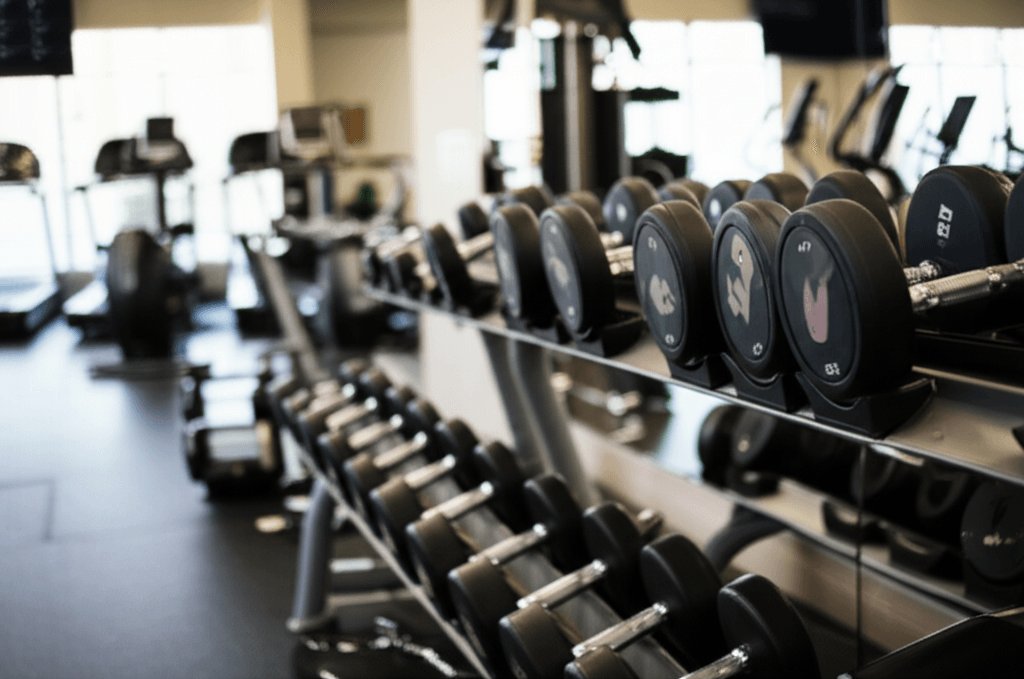Many embark on a fitness journey with the goal of shedding unwanted fat, sculpting their physique, and boosting overall health. However, a common and disheartening pitfall is when a well-intentioned routine inadvertently leads to muscle loss rather than targeted fat reduction. This can leave you feeling weaker, looking “skinny fat,” and far from your desired results. Understanding the subtle cues your body provides is crucial to course-correcting your approach and ensuring your hard work yields the right kind of progress.
Fitness experts emphasize that while the scale might drop, true progress lies in body composition – reducing fat while preserving or even building muscle. If you’re consistently losing more than 1-2 pounds per week, there’s a higher chance you’re losing muscle and water in addition to fat.

The Delicate Balance: Fat Loss vs. Muscle Preservation
Achieving fat loss while maintaining muscle mass is a delicate balancing act that requires a strategic approach to nutrition, exercise, and recovery. Muscle is vital not only for strength and an aesthetically pleasing physique but also for a healthy metabolism, as it burns more calories at rest than fat tissue. Losing muscle can hinder your long-term fat loss goals and overall health.

10 Signs Your Fitness Routine Might Be Burning Muscle
A fitness coach, Dillon, and other experts highlight several key indicators that your body might be breaking down muscle instead of fat. Pay close attention to these signs:
1. Weakness at the Gym
If your lifts are stalling, decreasing in weight, or you’re struggling to perform the same number of reps, it’s a significant red flag. Consistent underperformance often signals muscle loss. Tracking your training progress with a log can help you identify if your strength is declining.
2. Rapid Weight Loss
While exciting, losing more than 2 pounds per week consistently can often indicate muscle loss, not just fat. Rapid weight loss often includes water, glycogen, and muscle tissue.
3. Inadequate Protein Intake
Protein is the building block of muscle. If you’re skipping protein or not consuming enough, especially in a calorie deficit, your body may start breaking down muscle for energy. Aim for 1.2 to 1.6 grams of protein per kilogram of body weight daily for muscle maintenance. Some experts suggest even higher, around 1.6-2.2g per kg of body weight for muscle preservation during fat loss.
4. Endless Cardio Without Strength Training
While cardio helps burn calories, too much steady-state cardio, particularly in a severe calorie deficit, can contribute to muscle breakdown. Prioritizing strength training is crucial for preventing muscle loss during dieting.
5. Persistent Soreness and Poor Recovery
Constant fatigue, prolonged soreness, or poor recovery after workouts can be a sign that your body is breaking down muscle to meet energy demands. This can also be indicative of overtraining.
6. The “Skinny Soft” Body
If the scale is dropping but you appear less toned or “skinny fat,” it suggests you might be losing muscle along with fat. Muscle gives your body its shape and definition.
7. Excessive Calorie Deficit
Creating too large a calorie deficit can prompt your body to break down muscle for energy. While a moderate calorie deficit is essential for fat loss, an extreme one can be counterproductive for muscle retention.
8. Constant Fatigue and Low Energy
Feeling constantly exhausted, even after sufficient sleep, or experiencing persistent sluggishness throughout the day can indicate muscle loss and inadequate fuel for your body. Muscles are your body’s engine, and losing them makes physical activities harder.
9. Inadequate Carbohydrate Intake
Carbohydrates provide energy for workouts and muscle recovery. If your carb intake is too low, your body might not have the fuel it needs, potentially leading to muscle breakdown.
10. Your Body Fat Percentage Remains Unchanged (Despite Weight Loss)
If your overall weight is decreasing but your body fat percentage isn’t budging, or you’re losing inches in muscle-heavy areas but the pinchable fat remains, it’s a strong indicator of muscle loss. Body composition scales or DEXA scans can provide a more accurate picture of your fat and muscle percentages.

Optimizing Your Routine for Fat Loss and Muscle Preservation
To ensure you’re burning fat and preserving muscle, consider these strategies:
Prioritize Strength Training
Incorporate resistance training 3-4 times a week, focusing on compound movements and progressive overload. This stimulates muscle growth and helps prevent muscle loss.
Increase Protein Intake
Consume enough protein throughout the day, spreading it across meals. This is crucial for muscle repair and growth, especially when in a calorie deficit.
Moderate Your Calorie Deficit
Aim for a moderate calorie deficit (e.g., reducing daily intake by 300 calories and increasing expenditure by 200) to encourage fat loss without excessive muscle breakdown. Slow and steady weight loss (0.5–1 lb per week) is more likely to be fat loss.
Mindful Cardiovascular Exercise
While cardio is beneficial, balance it with strength training. Consider high-intensity interval training (HIIT) to burn fat effectively while preserving muscle, or moderate-intensity cardio for shorter durations.
Adequate Recovery and Sleep
Allow your body sufficient rest to repair and rebuild muscle tissue. Poor recovery can hinder progress.
By understanding these signs and adjusting your fitness and nutrition strategy, you can ensure your efforts are truly focused on effective fat loss and maintaining the valuable muscle you’ve worked hard to build. Consulting with a qualified personal trainer or healthcare provider can also help personalize your plan and ensure proper form and safety.







